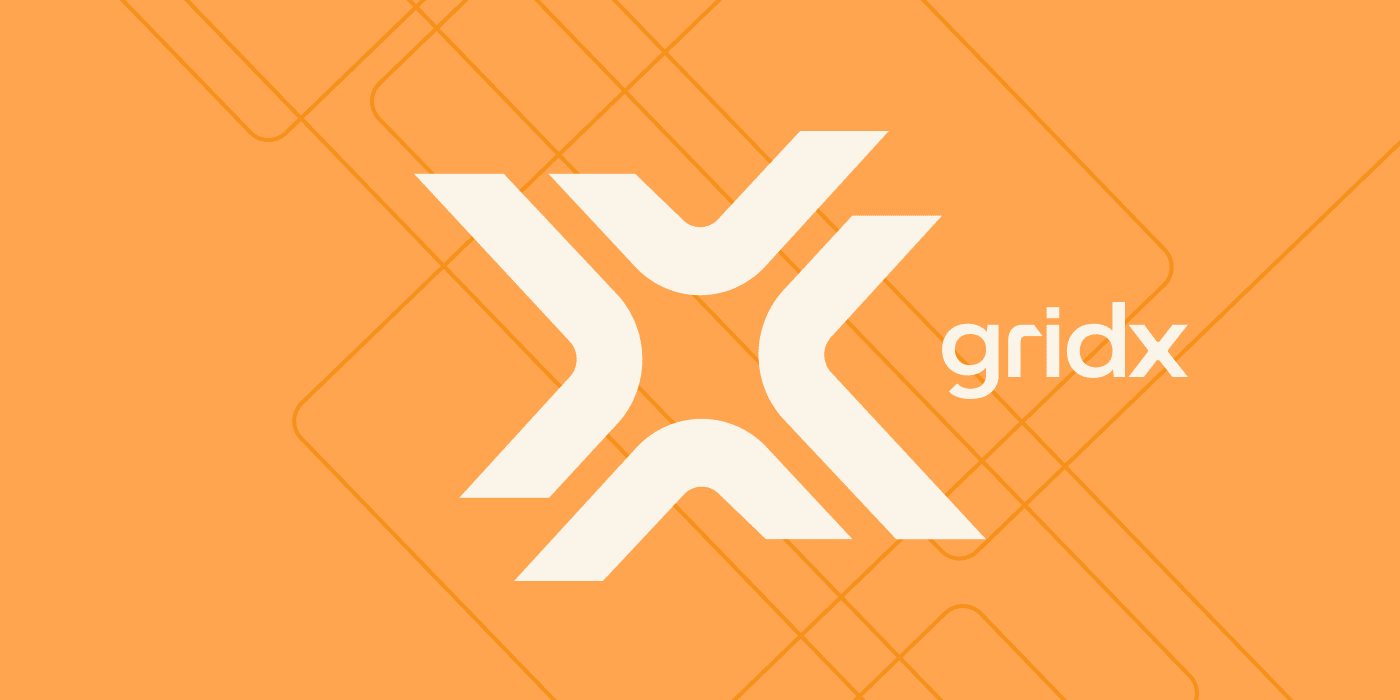GridX raises $12M to bring utility rates into the distributed energy age
It can take years and cost millions for utilities to bring complex rate designs to their customers. The energy transition needs to move much faster.

It can take years and cost millions for utilities to bring complex rate designs to their customers. The energy transition needs to move much faster.

Sign up for our newsletter
Stay in the loop with all things GridX and beyond.
Link to Original Article By Jeff St. John, Canary Media
Utility rate design may not be a riveting clean energy topic, but it is critical for aligning the financial incentives of utilities and their customers to decarbonize the grid. Time-of-use rates can encourage customers to match consumption to the ups and downs of renewable energy supply, and specialized rates for behind-the-meter batteries, electric vehicles, community solar systems and microgrids are needed to optimize their grid value.
That’s why it’s a problem that designing and implementing these kinds of rates can take utilities years of work and cost tens of millions of dollars, as states like California and New York that are pushing the envelope on distributed energy integration have experienced. And it’s definitely a problem if those rates end up pushing unexpected and unwelcome costs onto customers, since that can lead to public backlash that can force their undoing.
Jian Zhang, CEO of GridX, says these kinds of problems are “the tip of the iceberg” for “a whole set of challenges facing utility back-office systems. That’s what we started this company to solve more than 10 years ago.”
Since its 2010 founding, GridX’s cloud-based platform has been adopted by utilities including Pacific Gas & Electric, Southern California Edison, PSEG Long Island and Consumers Energy to fill the gaps between their legacy customer information system (CIS) platforms and their ratemaking ambitions.
“We allow utilities to implement a rate, regardless of complexity, within two to three weeks,” he said. The same cloud platform, built on technology Zhang and fellow co-founders developed for the mobile phone billing industry, analyzes the benefits and drawbacks of different rates for different customers. It can also serve as a “billing system of record” for energy providers that want to leapfrog the CIS status quo, he said.
On Tuesday, GridX landed a $12 million Series B investment from utility-backed investment firm Energy Impact Partners. Tuesday’s investment comes on top of a $6 million Series A round from individual investors including the company’s founders.
“This company has been persevering for a long time” without institutional capital to support it, said Matt Bisgyer, EIP vice president, in an interview. But the utilities that make up EIP’s investors are well aware that “complex billing is the future,” he said.
“Utilities for the most part have greater than 50 percent smart meter penetration,” giving them the data to design more complex rates, he said. At the same time, “most utilities are committing to some level of intermittent generation and committing to zero-carbon goals.”
Well-designed rates can enlist the flexibility of behind-the-meter resources to help balance increasingly wind and solar-powered grids. “You can’t just buy a whole bunch of wind and solar generation and hope” that things work out, he said.
Why legacy utility systems can’t keep pace
Today’s legacy customer information systems from market leaders like Oracle and SAP are ill-suited to aiding that transition, Zhang said. That’s because they were designed mainly to reliably process millions of bills using a handful of relatively simple rates informed by monthly billing data, not for quickly testing and trying out multiple new rates informed by smart meter data flowing in 15-minute or hourly increments.
“When it comes to processing large amounts of interval data, they have to use workarounds,” he said.
Joseph Santamaria, former CIO at PSEG and a GridX advisory board member, agreed that legacy CIS platforms are “built to run very steadily, with little changes, for a time when you were making billing changes every rate case — which is every five to 10 years,” he said. “Now you’re asking utilities to experiment with rates and making billing changes much faster.”
PSEG Long Island experienced this disconnect back in 2017, when New York’s Public Service Commission ordered utilities to launch a series of time-varying rates under the state’s Reforming the Energy Vision initiative, he said.
“They had 30-plus rates they wanted us to experiment with,” he said. “We said, ‘It will take us $10 million and two years to do this in the mainframe.’” While other New York utilities pursued this legacy approach, PSEG Long Island short-circuited it by working with GridX, he said. The result was a six-month turnaround on the rate structure experiment and costs in the range of “hundreds of thousands of dollars versus millions.”
Designing rates is just part of this process, Santamaria noted. Just as important is testing their performance with different customer classes and adjusting them based on how customers respond.
GridX has developed technology on this front, Zhang said. PG&E, for example, uses Oracle’s Opower platform for its online portal for residential customers, and Uplight’s FirstFuel platform for its commercial and industrial customers, he said.
“We are the ones that bring all the cost and rate back-end analytics in every night,” processing a dozen different rate structures on 24-hour turnarounds to explain to customers why their day-before energy bills look the way they do.
This year’s rollout of time-of-use rates to all customers of California’s big three utilities — a process that started back in 2017 — highlights the importance of keeping customers in the loop, he said. “How can you convince customers to switch over to time-of-use rates unless you give them a cost and benefit analysis?”
GridX can crunch customers’ historical metering data to determine whether new rates on offer will save them money or cost them more than they’re spending today, he said. The first proposition is obviously an easier sell.
But “for those customers that end up losing under those rates, the utility can tailor an alternative message: This rate will be more expensive for you,” but also offer alternative scenarios such as what would happen “if you’re able to shift your consumption this much, or sign up for demand response, or solar, or other alternatives.”
GridX serves up this data not just via customer portals but also to the software that utility customer service representatives use in call centers, he said. Its recent integration with Salesforce expands the scope of customer reps it can serve.
Anh Dong, senior business architect at PG&E, highlighted some of these features in an October webinar, including consolidation of what used to be five different rate engines into two and automation that feeds customer rate choices directly into its billing system.
“This is much more of the ‘Amazon experience’ we wanted to build,” she said.
A ratemaking platform for the distributed energy revolution
GridX also supports multiparty settlements and complex business models that legacy customer information systems weren’t designed for, Zhang said. One big application for this is community solar or microgrid projects with billing constructs that include third-party project developers as well as customers and utilities, he said.
These kinds of models are set to become far more prevalent in states such as California, New York and others that are mandating that utilities create new structures for them, he said. At the same time, the Federal Energy Regulatory Commission’s Order 2222 has mandated the country’s interstate grid operators to open up their wholesale energy markets to distributed energy resources, which will force utilities across the country to manage the interplay between those markets and the batteries, EV chargers and other loads connected to their distribution grids.
Working in the cloud allows GridX to adapt and expand its functionality to manage the ratemaking and billing complexities involved with these changes, Zhang said. “That’s ultimately our vision, regardless of [whether] they’re an incumbent or new utilities. Their business should be able to operate all from the cloud.”
One early example of this is emerging in the company’s work with Central Coast Community Energy, one of California’s growing number of community choice aggregators. CCAs have been experimenting with new rate structures to enlist customers in shifting energy consumption away from the late summer evenings that now make up the state’s increasingly solar-influenced peak demands.
But CCAs rely on metering data from California’s investor-owned utilities and have to reconstitute their wholesale energy market exposure from that data to settle their transactions with state grid operator CAISO, Zhang explained.
In Central Coast Community Energy’s case, GridX is “actually providing the whole turnkey operating systems to run the utility business operations,” he said. “Through this effort, we’re able to receive the interval data for all of Central Coast’s customers and use their interval data for all their operations, including retail billing and wholesale settlements.”
Many other companies are applying cloud-hosted software to solve some of the more complicated challenges facing utilities, from front-of-meter data analytics to behind-the-meter device management. Some examples include Genability, which provides solar, battery and EV cost analytics to a host of distributed energy aggregators, and UtilityAPI, which has a platform that converts utility smart metering and customer energy usage data into user-friendly formats.
But “in terms of cloud-based CIS that can be used to bill customers, collect payments and better advise customers, we are really the only one,” he said.
Santamaria says that utilities still face regulatory challenges in moving more quickly to implement novel rate structures. The quasi-judicial ratemaking processes with state regulators, which essentially require “the utility [to] sue the state” to reach a settlement agreement with ratepayer advocates and other stakeholders, can take more than a year to work out on its own.
But with U.S. utilities facing a window of as little as 10 to 15 years to decarbonize their systems, as many states have mandated and as the Biden administration is proposing, technology that can speed the process is an important step in the right direction, he said.
“The states have run out of patience with that. They can’t have learning cycles that take four years,” he said. “We need to find the framework where they can do the right things.”




